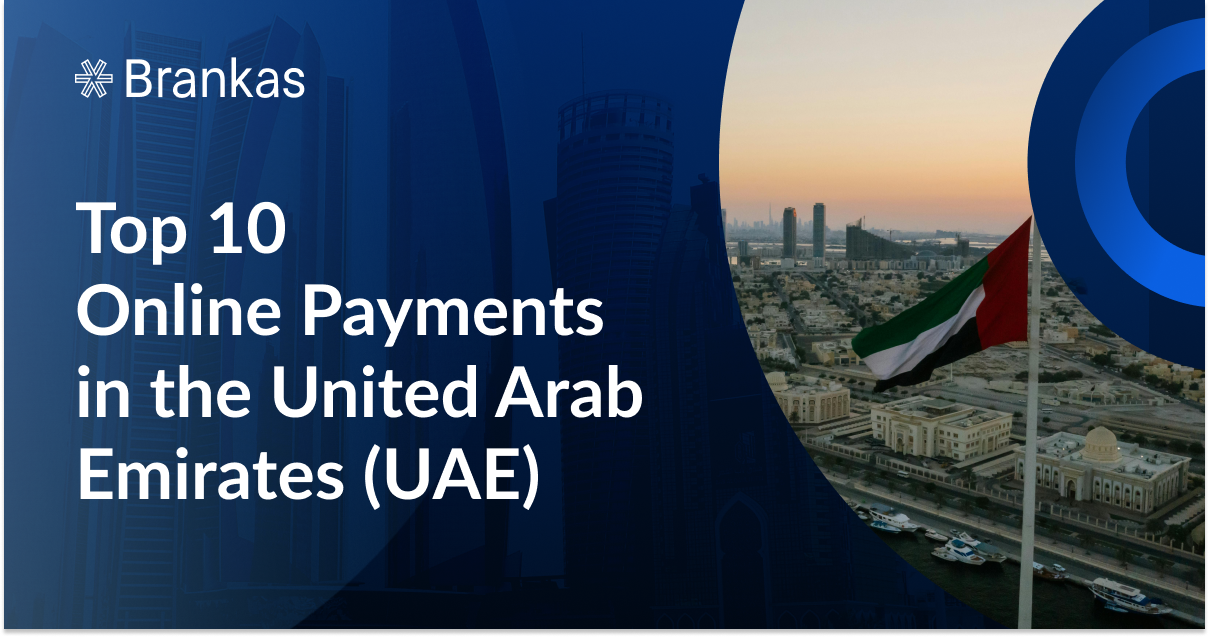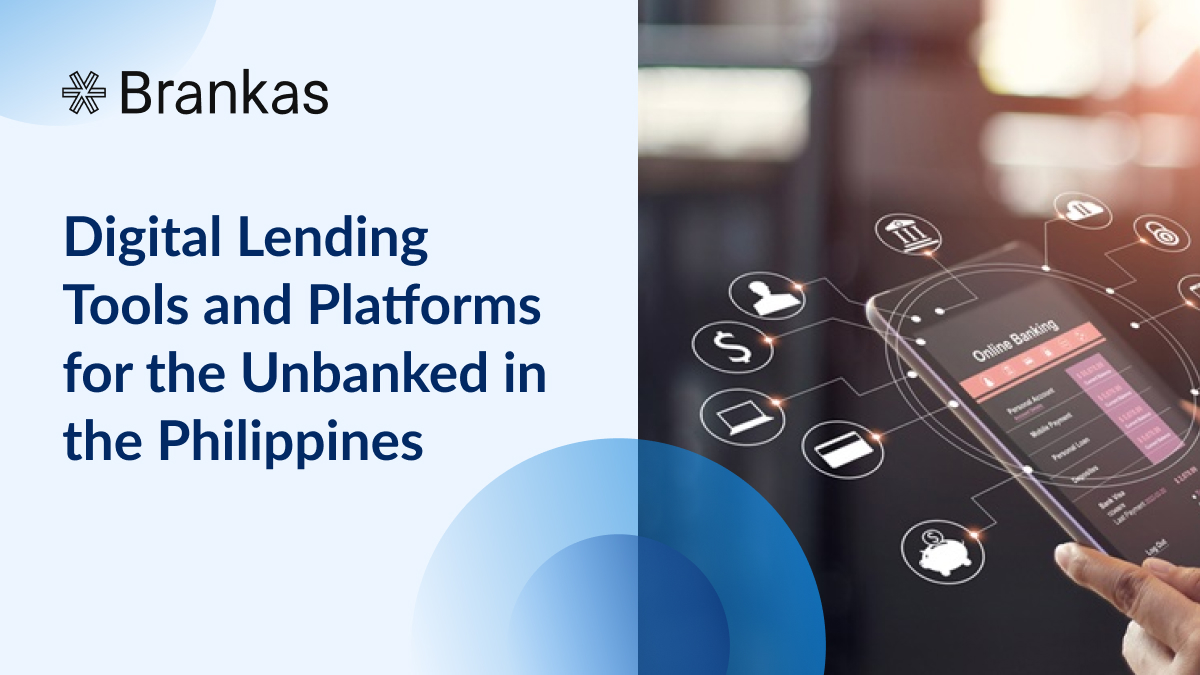
The simplicity of integration, security, and pricing are among the main features to look for in an online payment gateway. In this article, Brankas discusses the top 10 online payment providers in the UAE.

A McKinsey article by Guillaume de Gantes, Hernan Gerson, and Kristine Romano states that 44% of the Philippine bankable population was unbanked in 2021. This exclusion from the formal financial system poses numerous challenges for individuals and communities. It hinders their ability to save, invest, and secure loans for various needs.
Financial inclusion, the access and usage of financial services by individuals and businesses, is crucial for fostering economic growth and reducing poverty. Traditional banking infrastructure, however, often fails to reach remote areas and low-income households, exacerbating the problem of financial exclusion.
Digital lending tools and platforms offer a promising solution to this challenge. These innovative technologies leverage mobile devices and the internet to provide convenient and accessible financial services to underserved populations. Digital lending platforms empower the unbanked to access credit, start businesses, and improve their livelihoods. By understanding the role of digital lending in addressing the needs of the unbanked, we can work towards a more inclusive and sustainable financial ecosystem in the Philippines.
44% of unbanked Filipino adults are a significant portion of the population. The Philippine economy is considered one of the most rapidly expanding among Southeast Asian nations. Banking penetration, however, is one of the lowest in the region.
Several factors contribute to the prevalence of unbanked individuals in the Philippines:
· Limited accessibility- Filipinos living in remote rural areas
· Socio-economic factors- limited income, lack of formal identification documents
· Lack of awareness of inclusive financial products and services
· Mistrust of formal financial institutions
Digital lending provides financial services, such as loans, through online platforms and mobile applications. One of its key benefits is its accessibility. By leveraging technology, digital lending platforms can reach individuals in remote areas who may not have access to traditional banks. Convenience is another advantage. Borrowers can apply for loans, receive funds, and manage their accounts entirely online, eliminating physical visits to bank branches. Digital lending promotes transparency and efficiency by streamlining the loan application and approval process, reducing paperwork and bureaucracy.
Digital lending platforms cater to the specific needs of the unbanked population by offering flexible loan products with minimal requirements. These platforms often utilize alternative credit scoring methods, such as analyzing mobile phone usage data or social media activity, to assess the creditworthiness of borrowers who lack traditional credit histories. Digital lending platforms help unbanked individuals meet immediate financial needs by providing small, short-term loans. The accessibility and convenience of digital lending empower unbanked individuals to build a credit history and establish financial identities to pave the way for greater inclusion in the formal financial system.
Approximately one out of every 30 adult Filipinos utilized the services of a digital lending platform at least once a month in 2022. These are the digital lending tools platforms use:
Peer-to-peer lending platforms- connect borrowers directly with individual investors willing to fund their loans; often offer lower interest rates and more flexible terms than traditional banks.
Mobile lending apps- provide quick and convenient access to small loans through smartphones; users can apply for loans, receive funds, and make repayments through the app.
Online microfinance institutions- leverage technology to deliver microloans and financial services to underserved communities; offer small loans tailored to the needs of low-income borrowers, often with flexible repayment schedules and affordable interest rates
Blend.PH
A peer-to-peer lending platform that connects lenders seeking to expand their investments with borrowers needing funds to pursue their objectives. Blend.PH was established in 2016 and operated by Inclusive Financial Technologies. Lenders can invest their funds through the platform’s online lending option. Borrowers can request quick cash loans from these online lenders.
Digido
Digido Finance Corporation offers non-collateral lending solutions to serve unbanked and underserved Filipinos. It is the first fully automated Filipino online platform facilitating instant cash loans. Digido guarantees a hassle-free experience with minimal documentary requirements conveniently handled on their app or website.
Right Choice Finance
Right Choice Finance Corporation, an online microfinance institution, has been extending non-bank loans to businesses and consumers across the Philippines since 2016. They specialize in unsecured personal and business loans. Right Choice has an efficient borrowing process to ensure financial assistance is readily accessible to those in need.
Stakeholders can create an enabling environment for digital lending, promoting financial inclusion, and empowering the unbanked population in the Philippines by implementing these recommendations:
Regulators must encourage frameworks that promote innovation in digital lending while ensuring consumer protection and financial stability. This can be achieved through collaborative efforts with digital lending platforms to establish transparent and fair lending practices, including implementing interest rate caps and disclosure requirements.
Investing in digital infrastructure is essential to ensure widespread access to digital lending platforms. This includes expanding broadband coverage and improving mobile network connectivity. Supporting the development of digital identification systems can facilitate customer onboarding and enhance security measures for online transactions. Foster partnerships between digital lending platforms and local financial institutions. These partnerships can leverage existing banking infrastructure and expand the reach of financial services to underserved areas.
Collaboration between government agencies, non-profit organizations, and community-based groups is crucial in designing and implementing financial literacy programs tailored to the needs of the unbanked population. Providing training and resources will empower individuals with essential financial skills such as budgeting, saving, and debt management. Leveraging digital channels such as mobile apps and online learning platforms will ensure the delivery of financial education materials in a format accessible to diverse audiences.
Digital lending tools and platforms hold immense potential for promoting financial inclusion and empowering the unbanked population in the Philippines. By addressing the unique needs and challenges faced by underserved communities, digital lending offers accessible and convenient financial services that traditional banks often fail to provide.
Concerted efforts are needed from policymakers, financial institutions, and community organizations to achieve the full benefits of digital lending. Regulatory frameworks must strike a balance between fostering innovation and ensuring consumer protection and investments in digital infrastructure are essential to extend the reach of digital lending platforms to remote areas. Moreover, financial literacy initiatives are crucial in equipping the unbanked population with the necessary skills to navigate digital finances responsibly.
Digital lending has the potential to unlock new opportunities and transform the financial industry for the unbanked in the Philippines to pave the way for a more inclusive and resilient society.

The simplicity of integration, security, and pricing are among the main features to look for in an online payment gateway. In this article, Brankas discusses the top 10 online payment providers in the UAE.

What Open Banking means for MSME merchants in Indonesia? Looking at a recent report by the Asian Development Bank on Financial Inclusion, we aim to answer that.